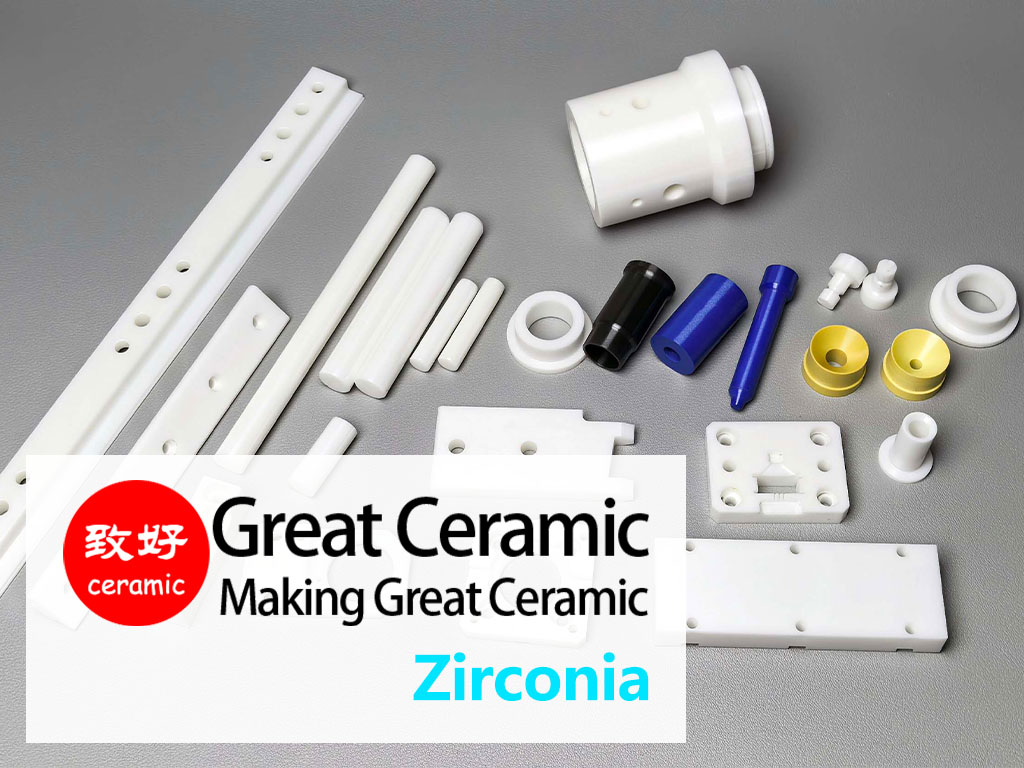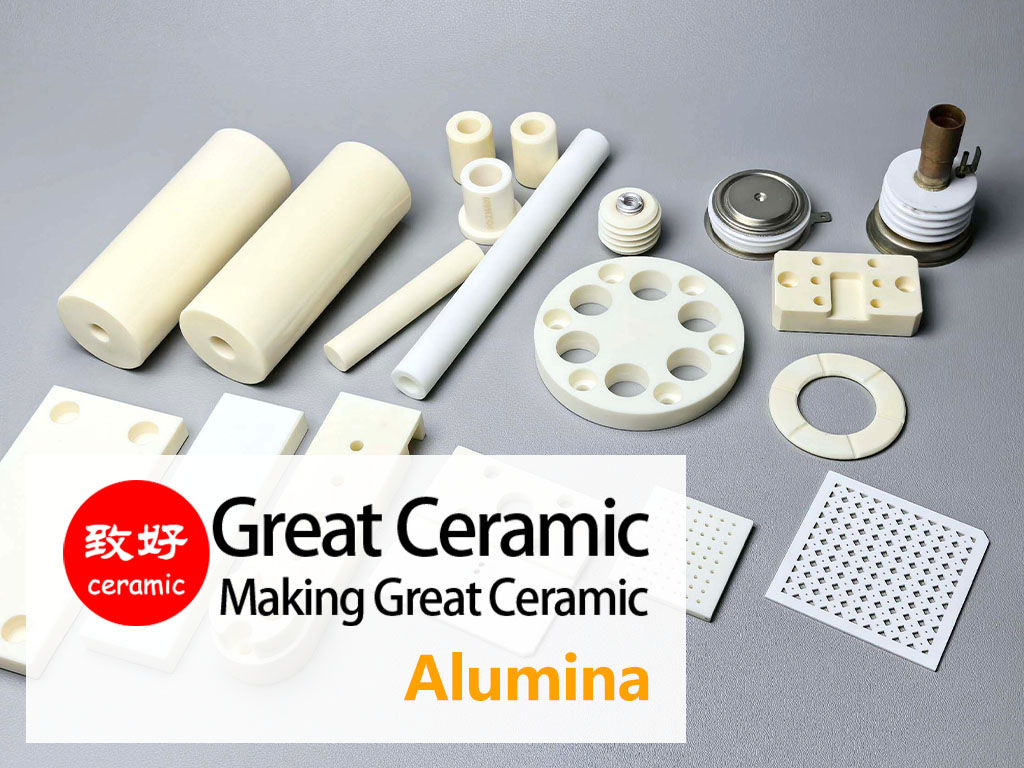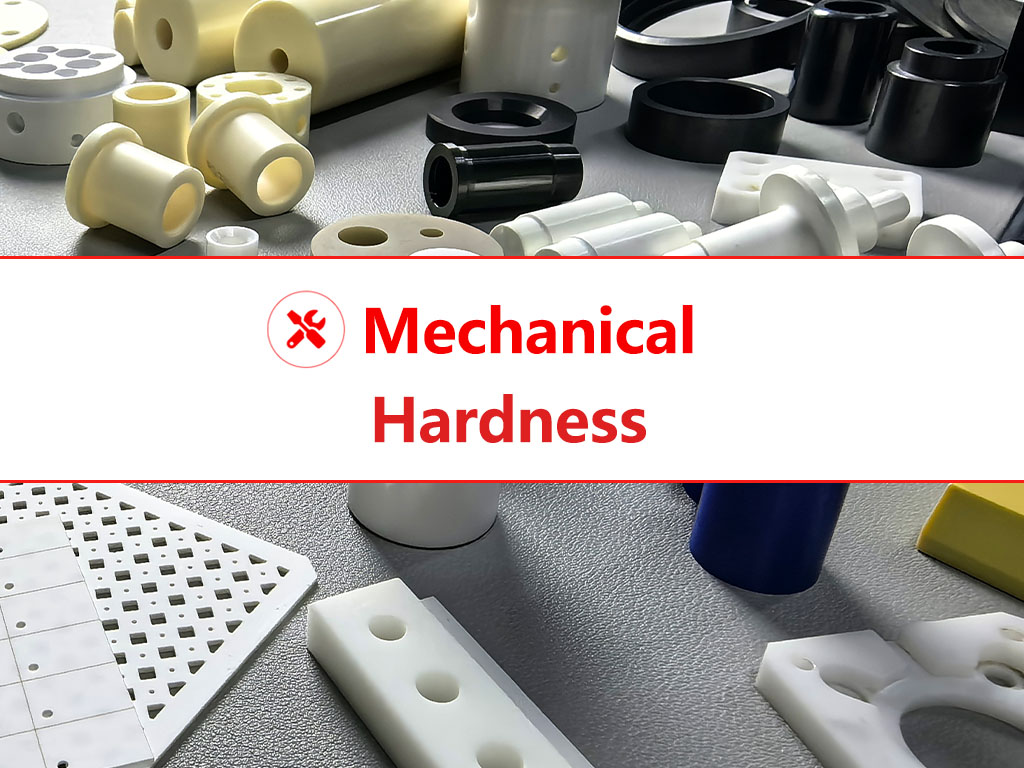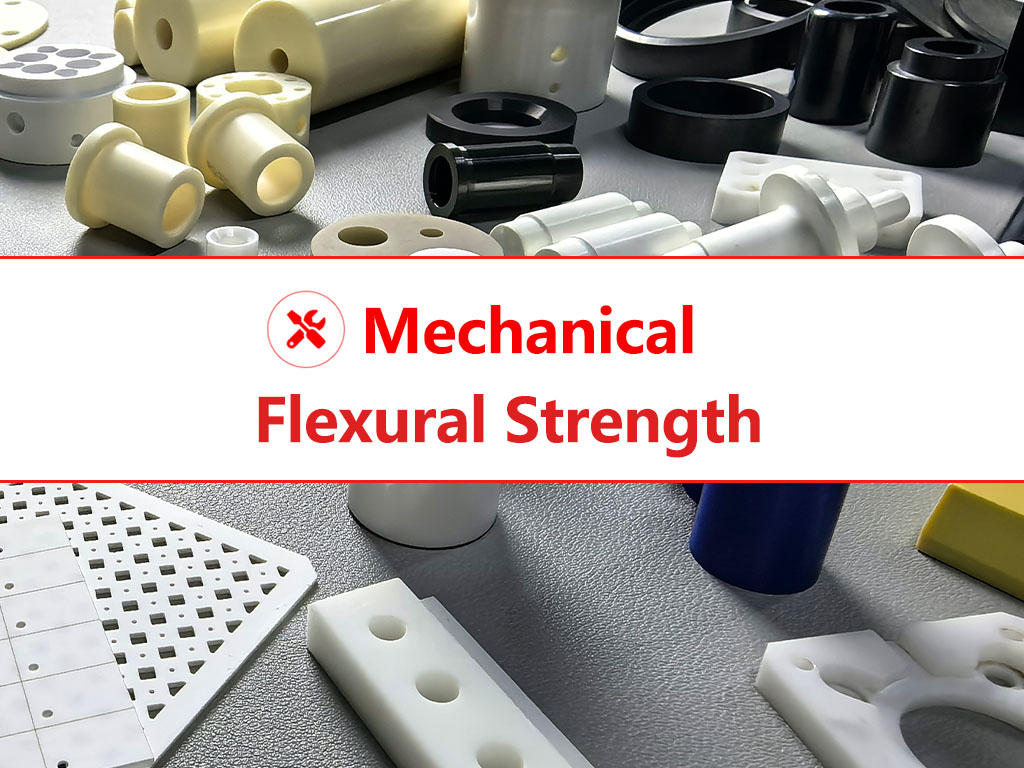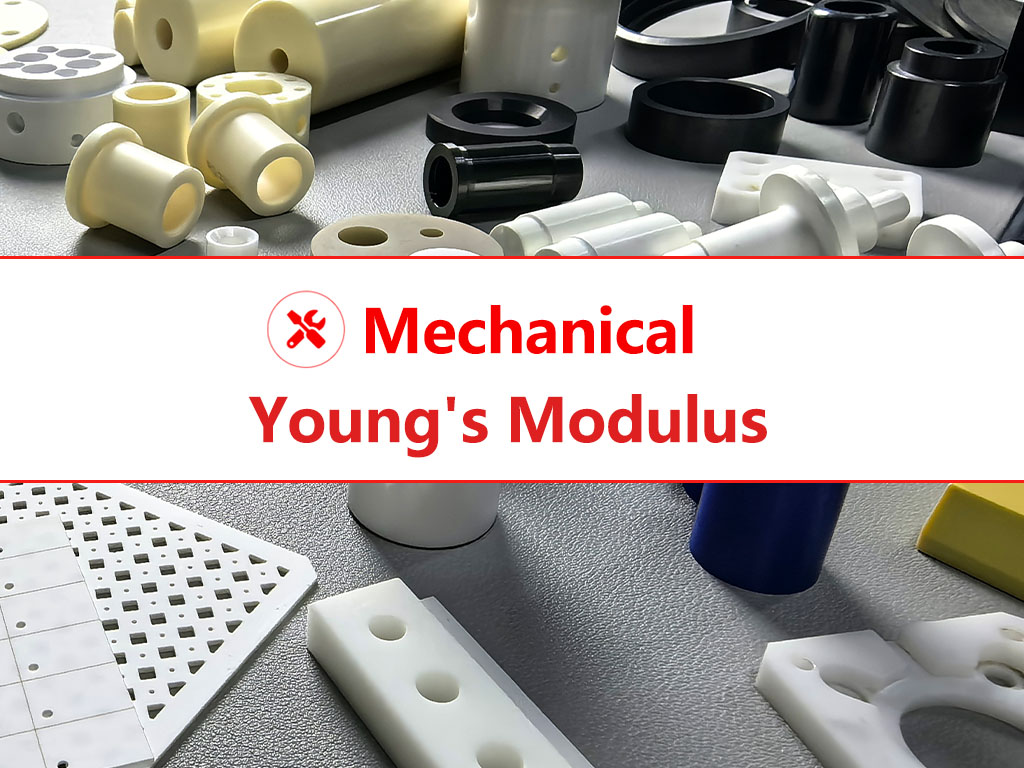Compressive Strength of Advanced Ceramics
Compressive strength refers to a material's ability to resist forces that attempt to reduce its size. For advanced ceramics, this property is essential, especially in applications exposed to heavy mechanical loads or high-pressure environments. Thanks to their covalent and ionic bonding structures, advanced ceramics exhibit extraordinarily high compressive strengths.
Skip to
Data | Comparison | Applications | FAQs | Related
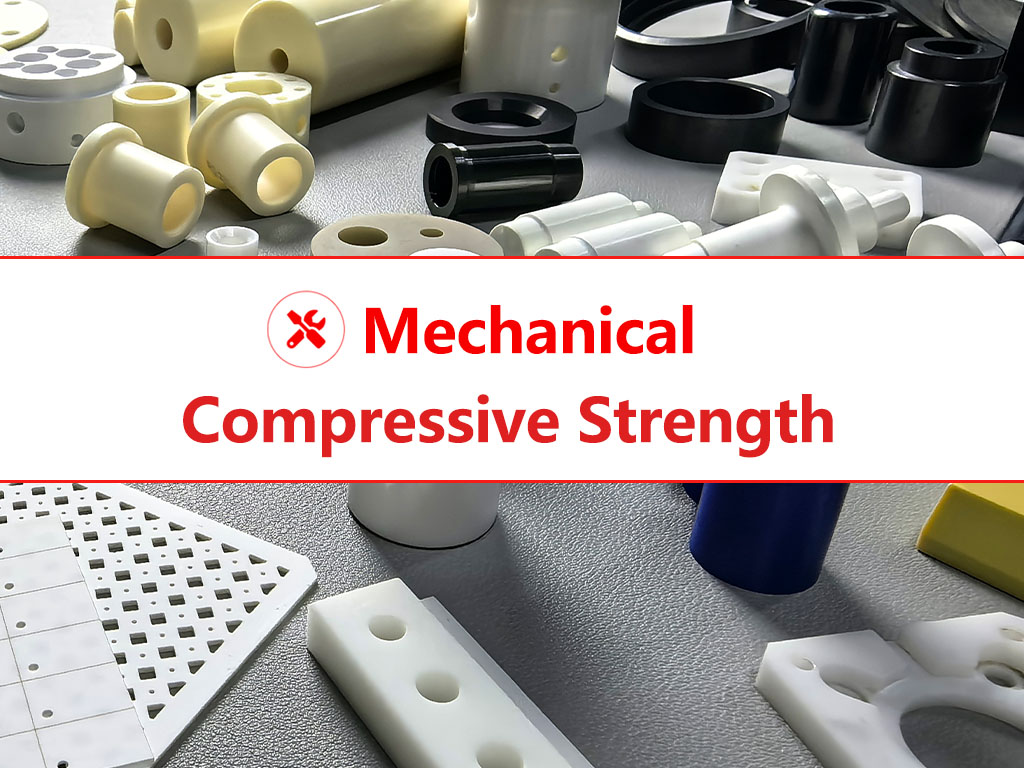
Why Compressive Strength Matters in Ceramic Applications
Unlike metals, ceramics are brittle but can endure much higher compressive stresses. Their unique crystalline structures and covalent/ionic bonding allow advanced ceramics to maintain structural integrity under extreme compressive loads. This property becomes vital in:
Factors Influencing Compressive Strength in Application
Compressive Strengths Data of Key Advanced Ceramics
Below is a comparison of compressive strengths (in MPa) for common advanced ceramics:
| Ceramic Material | Compressive Strength (MPa) | Characteristics |
|---|---|---|
| Silicon Carbide (SiC) | 2,780 – 3,900 | High-density, extreme strength; ideal for high-load mechanical parts |
| Boron Carbide (B4C) | ~3,650 | Among the hardest ceramics, used in armor and abrasives (industry typical) |
| Aluminum Nitride (AlN) | ~3,200 | Excellent strength and high thermal conductivity in power electronics |
| Silicon Nitride (Si₃N₄) | ~3,000 | Exceptional toughness and compression resistance in bearings |
| ZTA (Zirconia Toughened Alumina) | ~2,200 | Combines alumina’s strength with zirconia’s toughness |
| Alumina (Al₂O₃) | 2,000 – 2,600 | Most widely used ceramic; balances cost and compressive strength |
| Zirconia (ZrO₂) | ~2,500 | High-strength toughened variant often used in biomedical and industrial applications |
| Beryllium Oxide (BeO) | ~1,500 | Good strength with excellent thermal properties |
| Machinable Glass Ceramic | ~500 | Moderate compression strength; easy to machine |
*Data is for reference only.
Need Help Choosing the Right Ceramic?
Selecting the right high compressive strength ceramic material is critical to ensuring long-term reliability and optimal performance. Whether you need alumina, zirconia, or silicon nitride ceramics, our materials offer industry-leading strength, durability, and precision.
Our technical team is here to help – contact us today for expert, customized advice based on your specific needs.
Comparison: Ceramics vs Metals and Plastics
The bar chart below shows the compressive strength of various engineering materials (from super-hard ceramics to common industrial plastics), sorted from highest to lowest.
*Data is for reference only.

